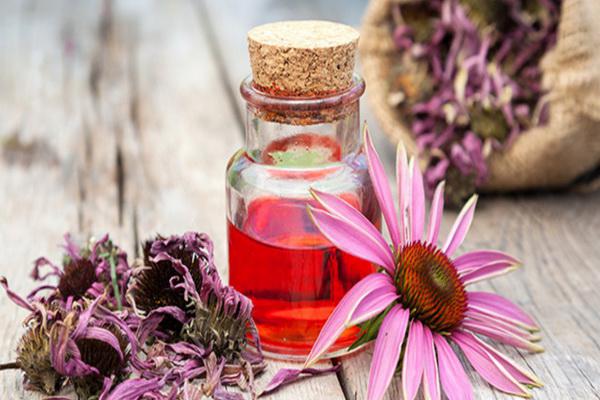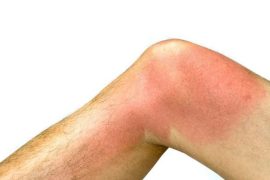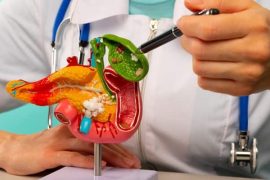Echinacea (Echinacea) has been used for centuries by natural medicine. The infusions prepared from it contributed to the strengthening of immunity and the fight against infections of the upper respiratory tract. The substances contained in it relieve cough, sore throat and even flu symptoms. Echinacea also supports the treatment of acne and herpes, relieves burns and itching. In addition, it looks beautiful and blooms for a long time. Find out why it is worth having Echinacea flowers in the garden or on the balcony and how to use the beneficial properties of this plant.
What is echinacea?
Echinacea loves sunny places and fertile soil, but also grows in worse conditions. In herbal medicine, both Echinacea grass (harvested in July and autumn) and root crops (can be harvested before the end of October) are used. They contain many active substances, including flavonoids, chlorogenic acid, essential oils, alkaloids, amine compounds and glycoproteins. Echinacea extract is a component of many medicines and ointments available in pharmacies.
Properties of Echinacea. The healing properties of echinacea have been confirmed in studies by scientists. The active substances in the plant stimulate the immune system and strengthen the immune system, which reduces the risk of infection. Echinacea infusions or tinctures are also recommended for people who are weak, tired or recovering (also after prolonged antibiotic therapy). They are especially recommended for recurrent urinary tract infections and upper respiratory tract infections. Echinacea uses antibacterial, anti-inflammatory, antiviral properties (stimulates the formation of white blood cells by substances that fight viruses) and antifungal, as well as anti-allergic. Diastolic also works and fights fever. Perfectly relieves cough – dilutes secretions and facilitates coughing.
Echinacea is also a component of cosmetic and pharmacological agents that fight dermatological problems. Substances found in Echinacea fight inflammation of the skin and help treat eczema, herpes, and acne. They accelerate the healing of skin wounds and ulcers. Echinacea also has a moisturizing, anti-wrinkle and regenerative effect (contains antioxidants that slow down the aging process).
How to prepare a tincture of echinacea for colds and flu?
Echinacea is a herb that provides us with many valuable beneficial properties. One of them is the reinforcement of immunity. If you want to test its effect on yourself, we suggest using a tincture from this valuable plant, which you can easily prepare at home. The authentic recipe and list of valuable ingredients can be found below.
How to make tincture? Pour dried echinacea into a large jar, then pour alcohol. Screw the jar tightly and set aside in a warm place for 4–6 weeks. Remember to shake the contents of the jar daily and mix thoroughly.
After a certain time, strain the tincture through cheesecloth and squeeze the herbs to get as much tincture as possible. Put the finished product in a dark place, tightly screwed bottles. How to use tincture? At the first symptoms of flu and colds, take ½ teaspoon of the extract 3–4 times a day. However, do not use tincture for diseases that are treated with antibiotics.
Contraindications
Infusions or teas (and other similar products) from echinacea should not be consumed by children under 12 years of age (often causes allergies), as well as pregnant and lactating women. Autoimmune diseases, multiple sclerosis, tuberculosis, bone marrow diseases, liver diseases and AIDS are also contraindications.








